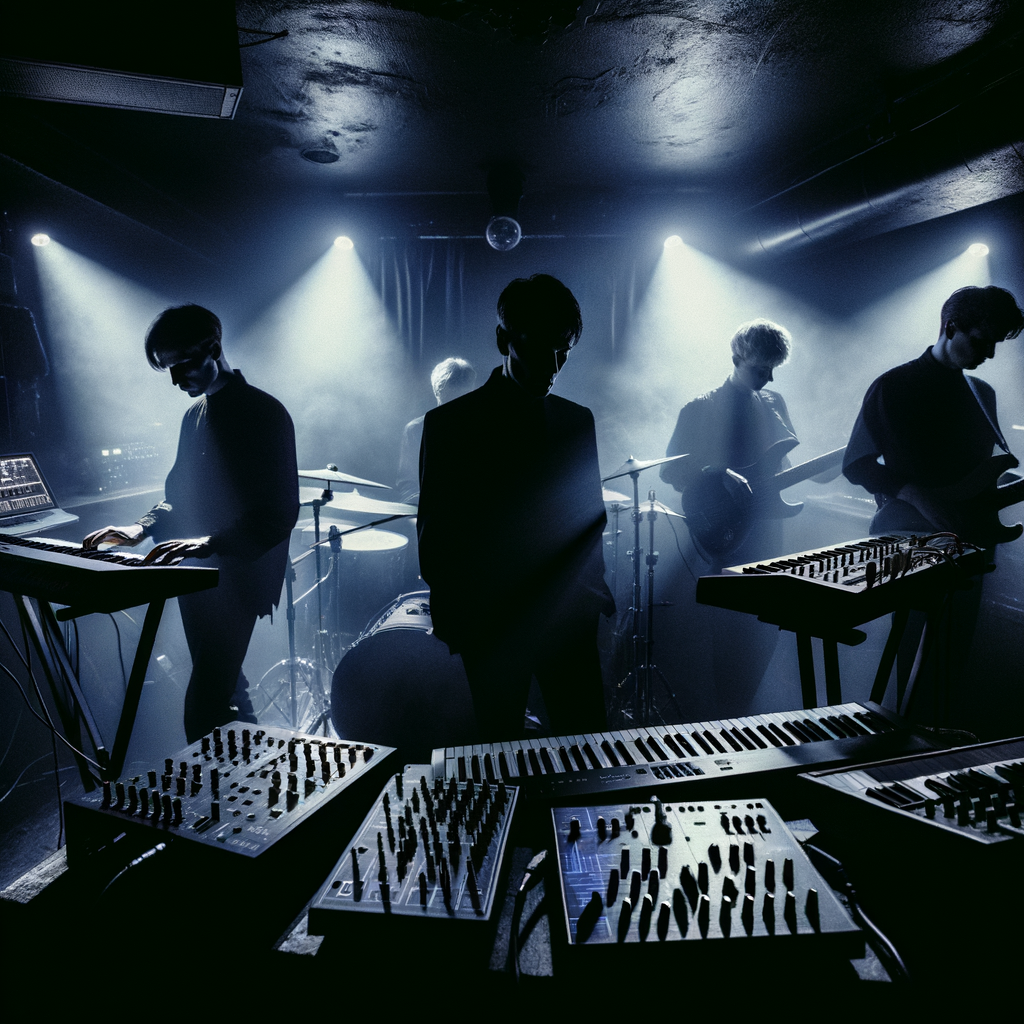Some musical revolutions resound through the ages—yet many of their architects remain in the shadows. ‘Post-Punk Cult Heroes’ is more than a catchy phrase: it’s a badge of honor for the bands who warped, stretched, and redefined punk’s jagged energy but never graduated to household names. While bands like Joy Division, Siouxsie and the Banshees, and The Cure are often cited as the vanguard of the post-punk movement, scores of equally inventive peers forged sounds that inspired generations. This tribute digs into those hidden legends—Magazine, The Sound, Chameleons, and Killing Joke (before mainstream hits like ‘Love Like Blood’).
Carving the Post-Punk Sound
At the root of the Post-Punk Cult Heroes legacy is fearless innovation. Emerging from punk’s blunt urgency in the late 1970s, these bands brought in dystopian synths, dubby spaces, and existential lyrics. Post-punk was always about more than anger—it was about atmosphere, introspection, and transformation.
Magazine: Intellectual Edge
Founded by Howard Devoto after his stint with the Buzzcocks, Magazine embodied post-punk at its most cerebral. Their debut album ‘Real Life’ (1978) exudes urgent energy but with a thoughtfulness uncharacteristic of early punk. Tracks like ‘Shot By Both Sides’ blend jagged guitar with keyboards and Devoto’s anxious vocals, setting the template for much of what would follow. Yet, despite critical praise, widespread recognition remained elusive, and Magazine secured their place as definitive Post-Punk Cult Heroes.
The Sound: Melancholy Architects
Led by Adrian Borland’s yearning voice, The Sound poured raw emotion into their short career (1979-1987). Their standout album, ‘From the Lions Mouth’ (1981), swirls with atmospheric guitar, dark melodies, and introspective lyrics. Borland’s struggles with mental health inform the music’s intensity, prefiguring the emotional candor seen in alternative bands decades later. Despite universal acclaim from critics, and regular comparisons to Joy Division, The Sound’s commercial flame never fully ignited—a classic sign of Post-Punk Cult Heroes status.
The Chameleons: Dreamlike Dissonance
In Manchester’s rainy landscape, The Chameleons formed, producing epic, echo-laden tracks that foreshadowed shoegaze and indie rock. Albums like ‘Script of the Bridge’ (1983) and ‘What Does Anything Mean? Basically’ resonate with cinematic ambition. Mark Burgess’s vocals soar over intricate guitar lines, directly inspiring acts from Interpol to The National. Despite their massive influence, mainstream recognition remained a pipedream for these Post-Punk Cult Heroes.
Killing Joke: Industrial Originators
Before their danceable mid-‘80s reinvention (‘Love Like Blood’), Killing Joke built their legend on brooding, heavy soundscapes. Tracks like ‘Requiem’ and ‘Wardance’ fused punk, dub, and the emerging industrial style. Their dystopian themes and relentless energy left a permanent mark on future genres, including industrial and metal. Yet their mainstream breakthrough lagged behind their immense underground influence.
The Legacy of the Cult
Why did these bands remain cult figures? Some say timing; others blame lack of label support or simply music that was too far ahead of its time. Today, though, digital platforms and fan-powered reissues are reviving the voices of these Post-Punk Cult Heroes. As artists like modern post-punk revivalists resurrect their sounds, these earlier gems shine brighter than ever.
Digging Deeper
If this glimpse into the world of unsung bands intrigues you, take a deeper dive on our main blog where we spotlight musical innovators across genres and eras. Or, immerse yourself in streaming playlists and documentaries charting the untold stories of post-punk’s secret architects.
Conclusion
Though their names may never have graced arena marquees, the creative risk-takers of the post-punk era profoundly shaped the music we love today. Celebrate these Post-Punk Cult Heroes—and let their influence echo forward.

